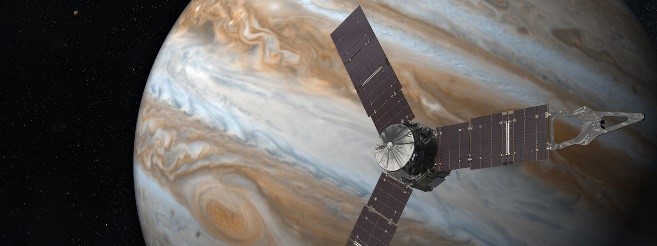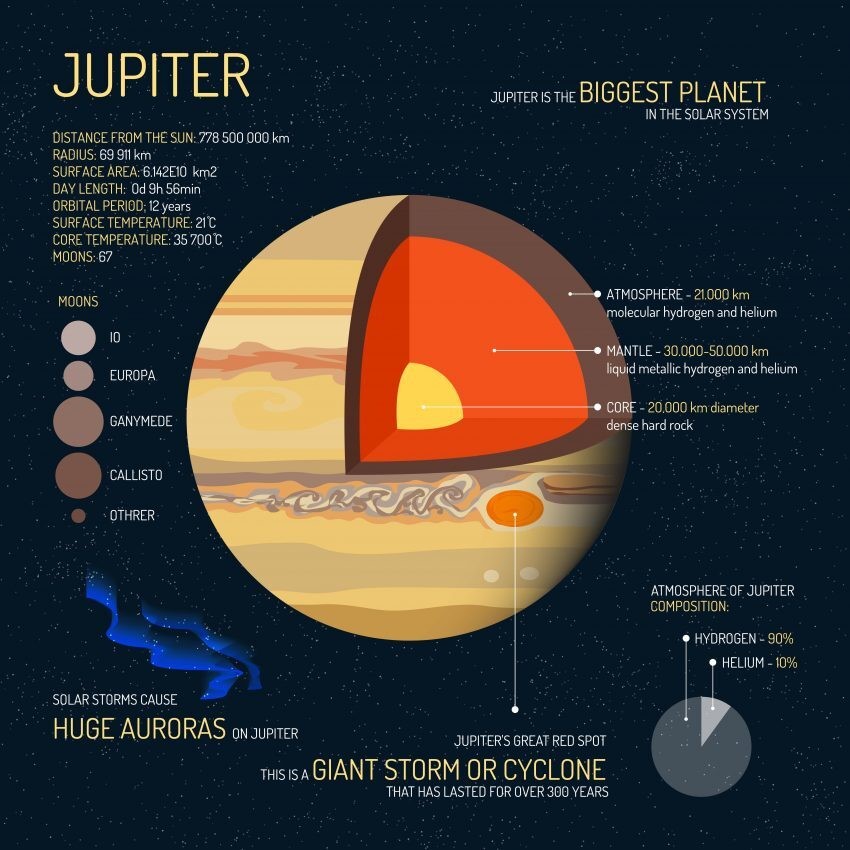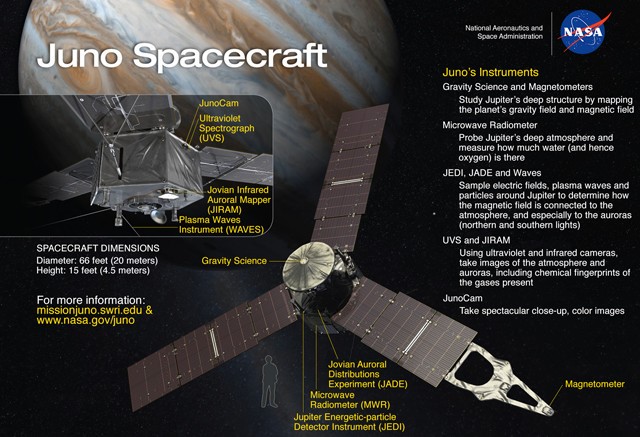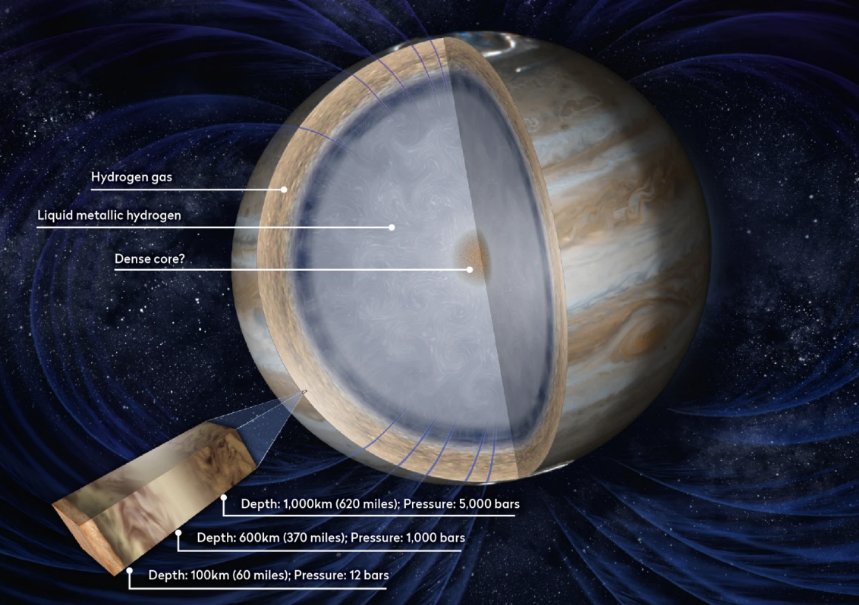Free Courses Sale ends Soon, Get It Now


Free Courses Sale ends Soon, Get It Now



Disclaimer: Copyright infringement not intended.
Context:

JUNO Spaceprobe
About
Construction and operation
Launch
Mandate
Science Objectives
Unique Features
After completing its mission, Juno will be intentionally deorbited into Jupiter's atmosphere.

The contribution made by Juno Spaceprobe till now:
Great Blue Spot
Storms of the Poles
Jupiter has water
Jupiter’s Aurora
Jupiter’s Belts

Juno’s efforts to map Jupiter’s interior structure have already provided new insight into the planet’s inner workings. Credit: NASA/JPL-Caltech
Significance of Juno Mission
https://indianexpress.com/article/technology/nasa-juno-glitch-jupiter-moons-8419847/
© 2024 iasgyan. All right reserved